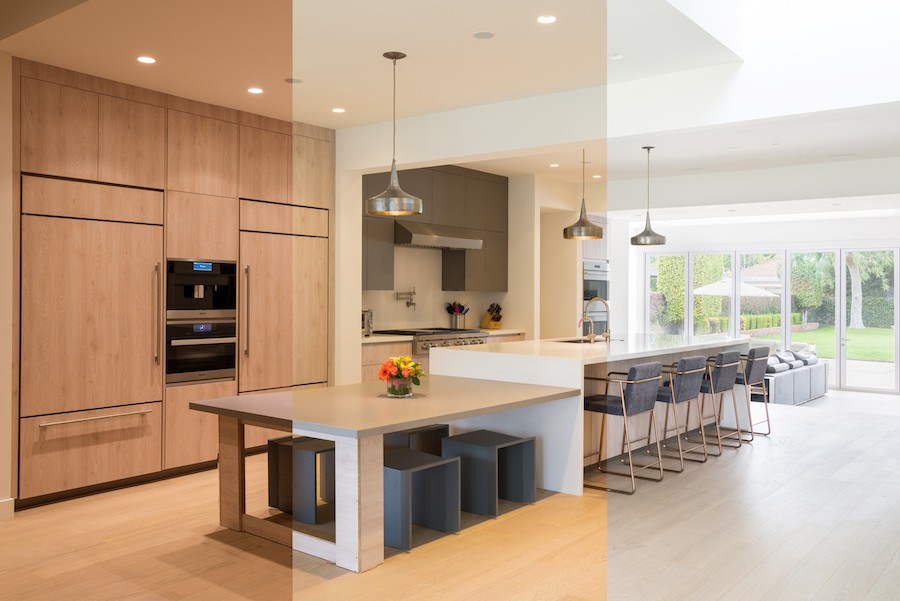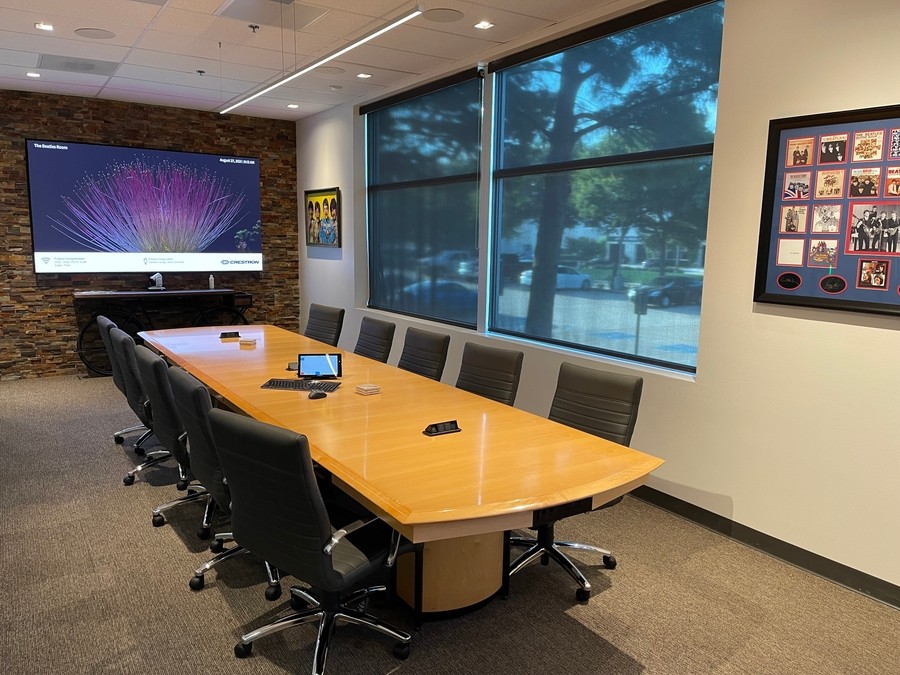Let’s Take a Closer Look.
“Is Ketra really worth it?”
It’s a common question searched online and asked by our showroom visitors. Because while Ketra is regarded as the gold standard of tunable lighting control, it does have a notably higher price tag than products like Philips Hue. So, is it really the best?
To understand Ketra’s value, it’s best experienced in person. But until then, let’s explore what makes Ketra more than just another lighting product, and why it’s trusted by design professionals, homeowners, and architects alike.
Not Just Bulbs: A Complete Line of Architectural Lighting
While most smart lighting brands focus on retrofittable LED bulbs, Ketra offers an expansive architectural-grade line: recessed downlights, linear tape lights, and track lights, all fully color-tunable across 16 million colors. We can use Ketra alone to create complete lighting designs, from ambient and accent lighting to task-focused areas.
The technology is equally advanced: each Ketra fixture contains a 16-diode chip, giving it the precision to render the exact hues and dynamic white tuning you desire.







